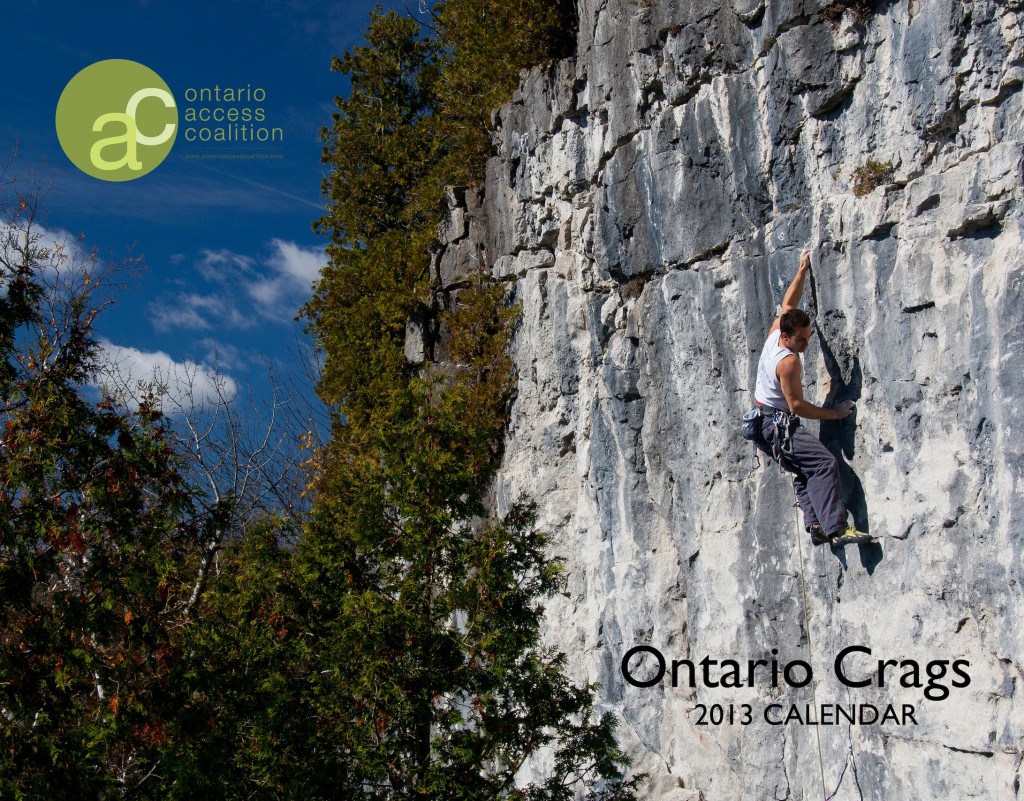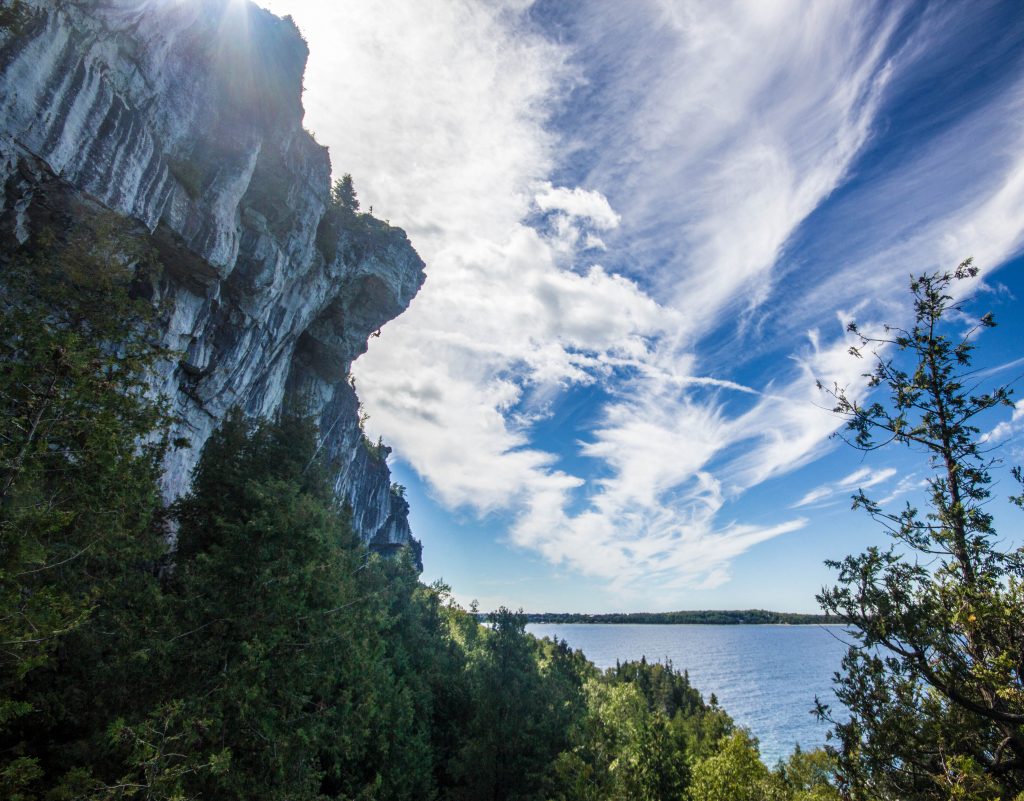Early in 2016, the lead author of the guidebook Ontario Rock Climbing approached the Ontario Access Coalition regarding the OAC Approved process. The OAC Approved program ensures projects are aligned with the concerns of land managers and stakeholders. Detailed information on the OAC Approved process can be found at https://www.ontarioallianceofclimbers.ca/oac-approved/. The OAC worked with the authors of Ontario Rock Climbing to ensure their guide provides accurate information regarding climbing access issues.
The OAC received notice of a dispute from Gus Alexandropoulos and Justin Dwyer, authors of Ontario Climbing Vol 1 & 2, regarding copyright concerns about Ontario Rock Climbing. As an OAC board member, Justin Dwyer had recused himself from all discussions regarding the OAC Approved program as a whole, including Ontario Climbing Vol 1 & 2, as well as Halfway Log Dump: A Climbers Guide by Joe Ho. On May 11, Justin Dwyer communicated his intent to not renew his position as an OAC board member. In June, the OAC was informed that the respective authors of Ontario Climbing Vol 1 & 2 and Ontario Rock Climbing had executed an agreement resolving the outstanding issues.
Marc Bracken, co-author of The Escarpment: a Climbers’ Guide (1991) and A Sport Climber’s Guide to Ontario Limestone (1997), expressed serious concerns to the OAC regarding unauthorized reproduction of original content by Ontario Rock Climbing. In particular, Marc Bracken identified several errors in his publications and stressed that the authors of Ontario Rock Climbing should ensure that the errors not be reproduced. Recently, the OAC was informed that the authors of Ontario Rock Climbing had successfully addressed Marc’s concerns.
With the knowledge that the copyright concerns have been resolved, the OAC proceeded with the OAC Approved process. As of October 5, 2016, Ontario Rock Climbing has received OAC Approved status. The OAC greatly appreciates the Ontario Rock Climbing team for taking the time to ensure their content accurately addresses the complex access issues surrounding our climbing areas.
With four OAC Approved guide books available, never before have Ontario climbers enjoyed access to this much information promoting respect for and responsible use of our climbing areas.







